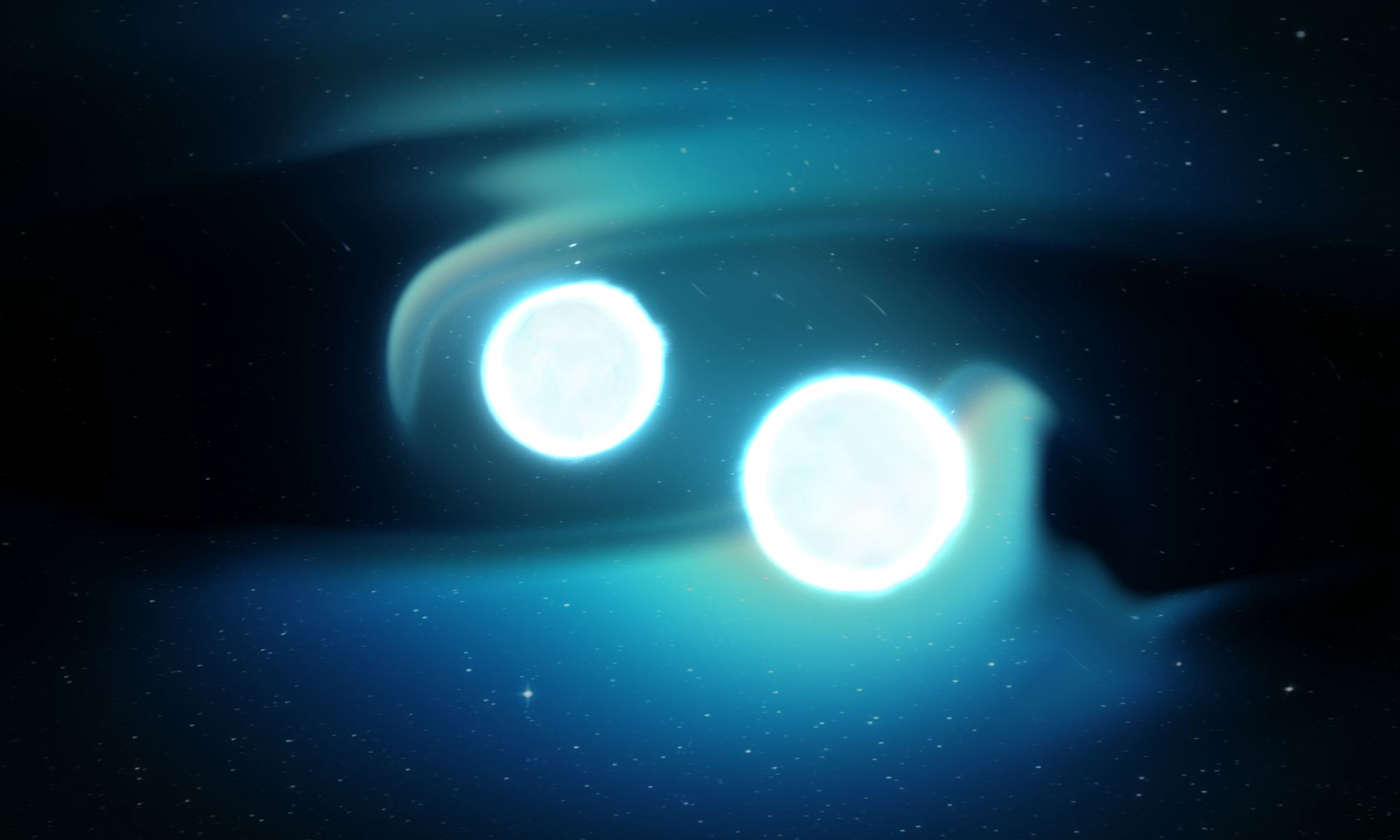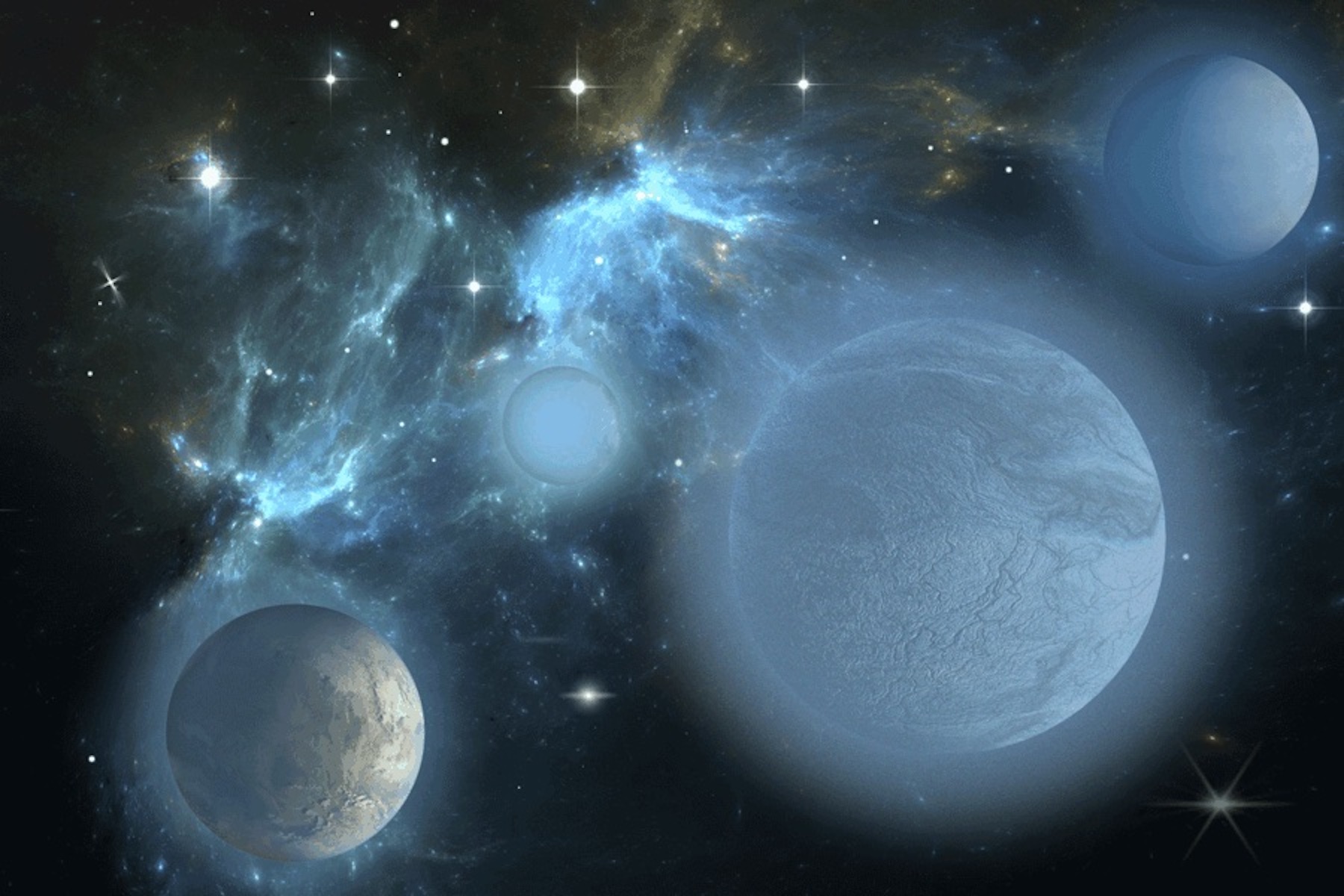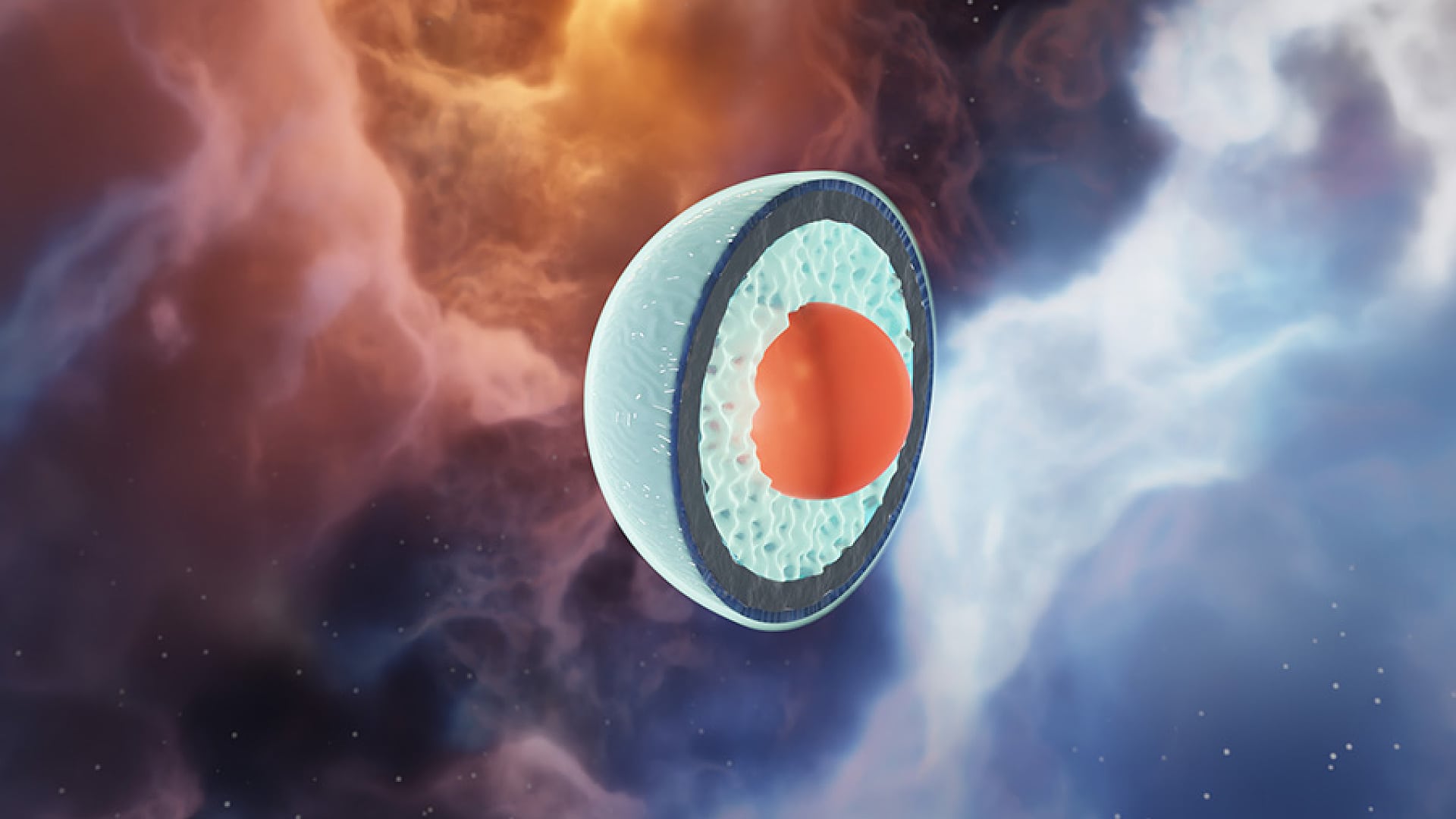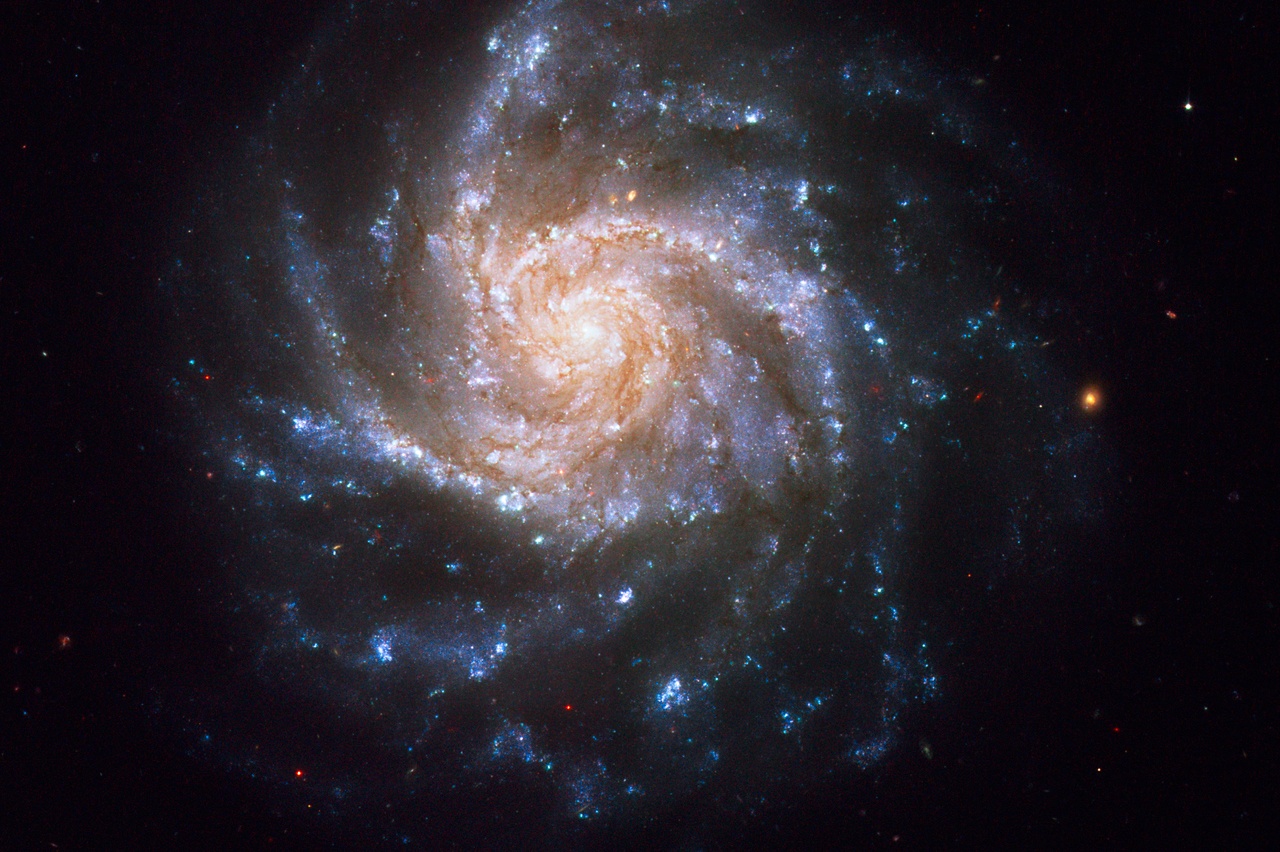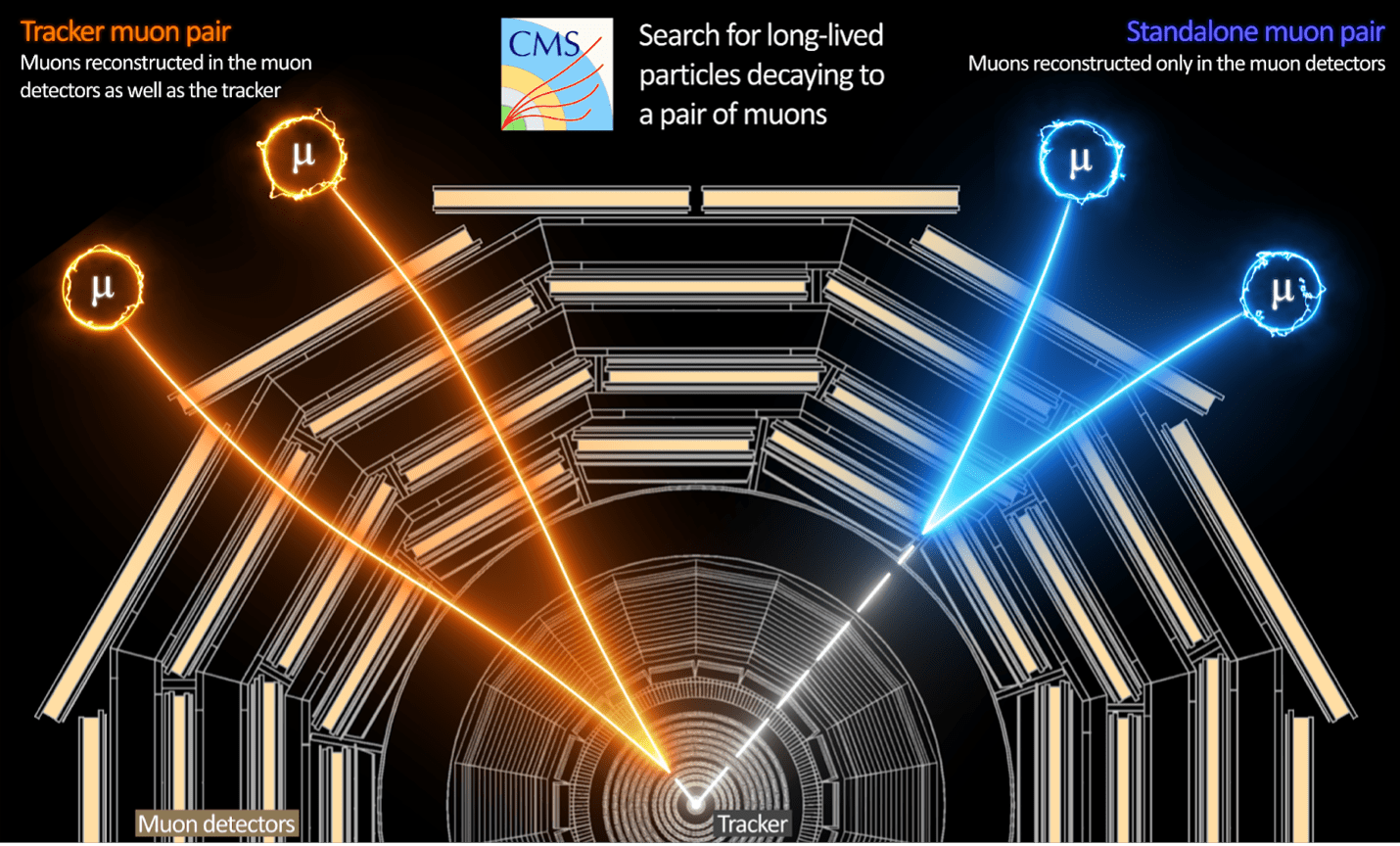The surface gravity of a neutron star is so incredibly intense that it can cause atoms to collapse into a dense cluster of neutrons. The interiors of neutron stars may be dense enough to allow quarks to escape the bounds of nuclei. So it’s hard to imagine neutron stars as active bodies, with tectonic crusts and perhaps even mountains. But we have evidence to support this idea, and we could learn even more through gravitational waves.
Continue reading “Do Neutron Stars Have Mountains? Gravitational Wave Observatories Could Detect Them”Do Neutron Stars Have Mountains? Gravitational Wave Observatories Could Detect Them
